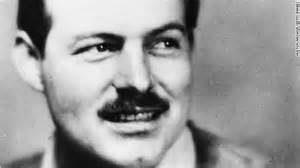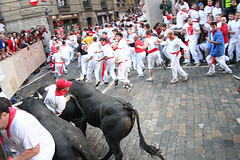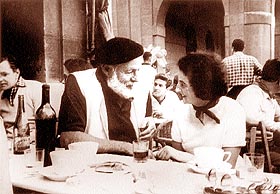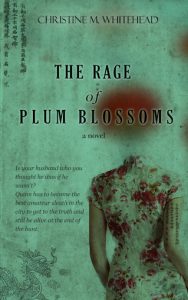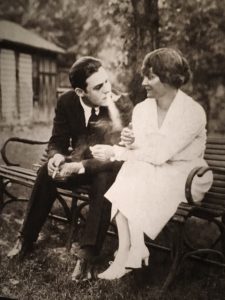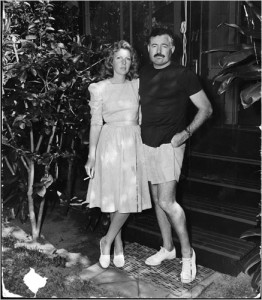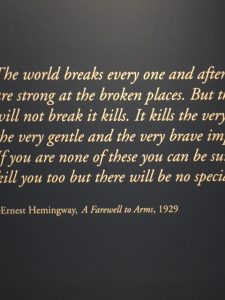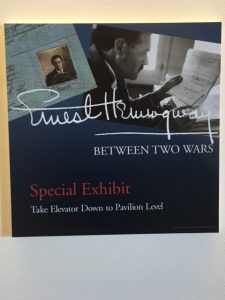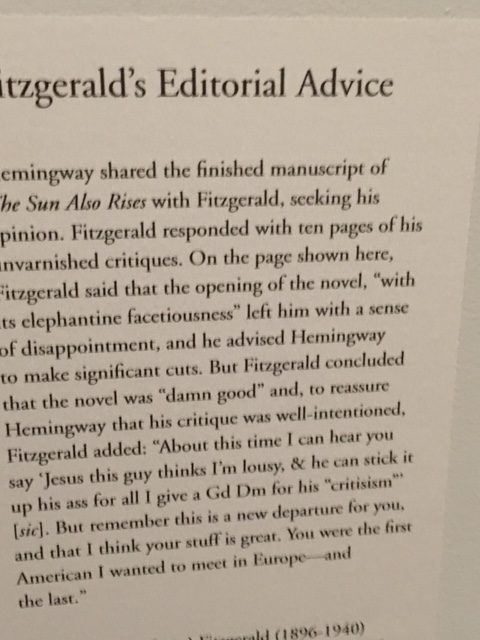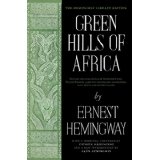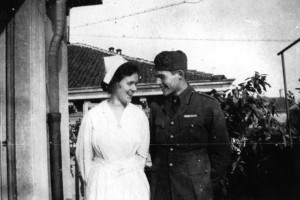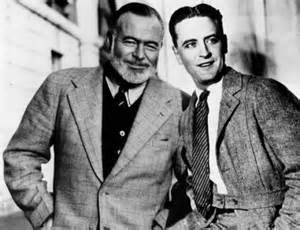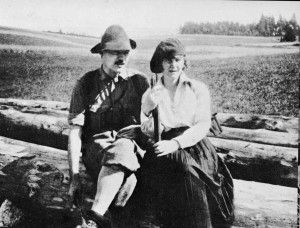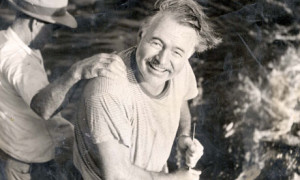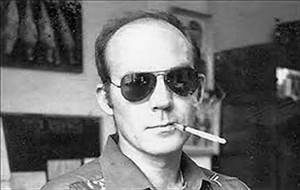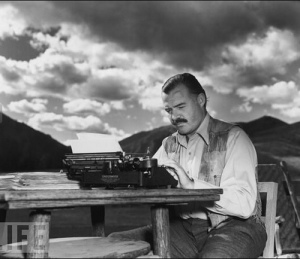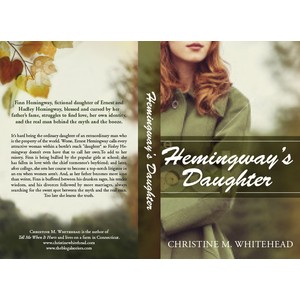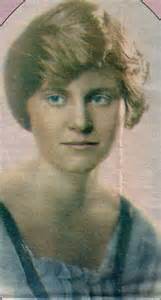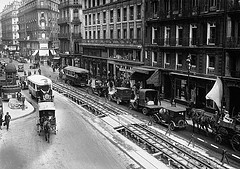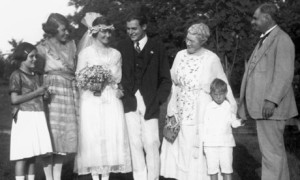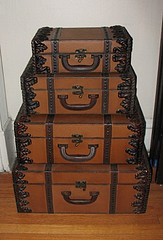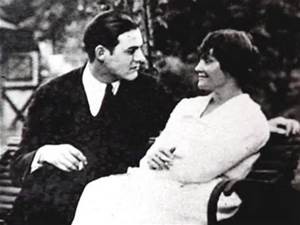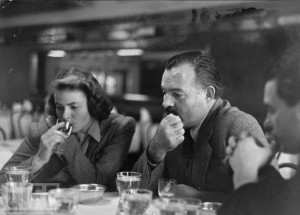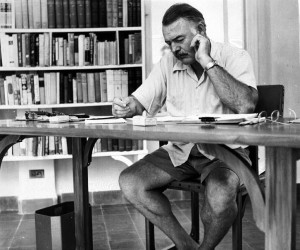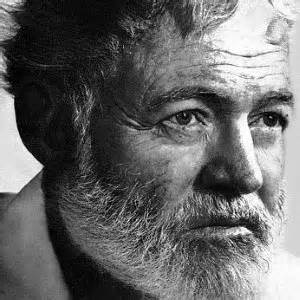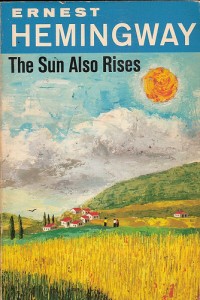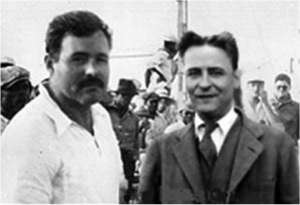
Ciara O’Callaghan, who is a travel writer for the Irish Times, just wrote an article on trailing F. Scott Fitzgerald and Hemingway and following their European, American, and Caribbean travels. Noting that they were the Jekyll and Hyde equivalent in the literary world with Hemingway being the ultimate man’s man, bullfighter, and womanizer and Fitzgerald being the eternal outsider and hopeless romantic, Ms. O’Callaghan notes that they nevertheless shared in common a fondness for hard and heavy drinking and quality writing.


They first met in Paris in 1925 when Fitzgerald was close to the top of the literary world and Hemingway was a mere newly-arrived hopeful. Ms. O’Callaghan traipsed from the Dingo Bar in Paris where the two writers first met, to Harry’s New York, and The Ritz, all in Paris and then traveled to the Finca Vigia outside Havana. While in the vicinity, she visited the El Floridita to sample some Papa Dobles plus a few daiquiris and sit next to the bronze statue of Papa at the bar.
She then moved on to Montgomery, Alabama to soak up some F. Scott ambiance. It was in Alabama that Fitzgerald made a home with his wife Zelda and ultimately their daughter Scotty.

Zelda came from a wealthy established Alabama family and her father–a Judge–was quite sure that this “writer” could not meet his daughter’s needs. Zelda, however, was in love and Fitzgerald was crazy over-the-moon in love with Zelda and off they went to Europe as a young married couple.

As Fitzgerald’s star began to fade, primarily due to drink and lack of focus which probably was due to drink, Hemingway’s star began to rise. Ms. O’Callaghan notes that Hemingway is often cast in the role of Hyde, i.e. more fiend than friend, known for criticizing Fitzgerald behind his back. Less known are his kind words to Fitzgerald and his constant reassurance that “you can write twice as well now as you ever could.”
My reading suggests that they both were always seeking reassurance from each other and even when they had a falling out, they would communicate indirectly through Max Perkins wondering what the other was doing. Perkins would accommodate and let each know something about the other. Fitzgerald always referred to Hemingway as “the greatest living writer of this century.” The were the original frenemies, before there was a word for it.

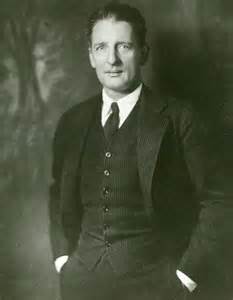
In A Moveable Feast, Hemingway does backhandedly put Fitzgerald down, but please let’s recall that it was published posthumously in 1964 without editing by Hemingway. For all we know, he would have changed that significantly. He could be cruel but he also could be extremely generous and loyal to his friends.
Ms. O’Callaghan ends her article by quoting Hemingway who once said that, “You should never go on trips with anyone you do not love,” and she notes that luckily for herself she loves both writers and enjoyed her travels with “them.”. Ditto here, although Hemingway is always first in my heart.
